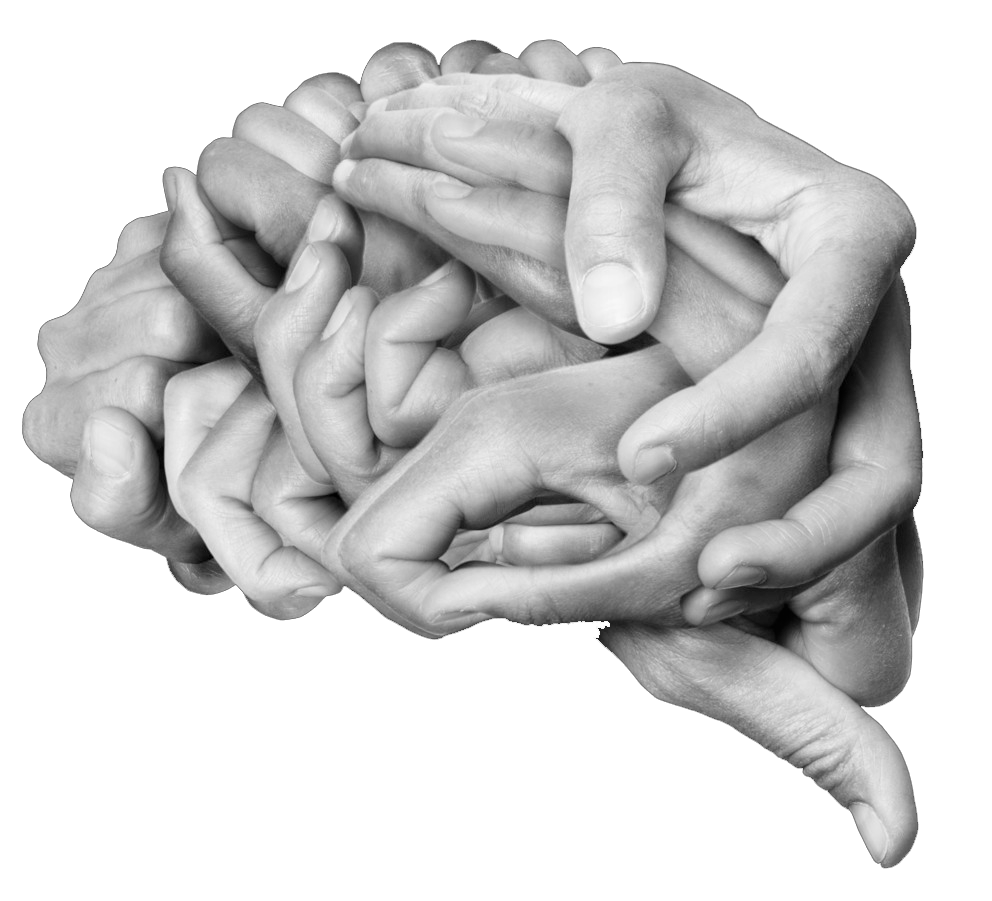Embodied artifacts: Tools for an enactivist pedagogy

Researcher: Dr. Dragan Trninic
Students build knowledge on the foundation of their prior knowledge. What about cases where prior knowledge is missing? The enactive approach suggests that students can develop or activate relevant intuitions through enacting the desired principles. This pedagogical approach foregrounds action as the starting point of a student's learning trajectory: the principle is first introduced through a repeatable action that enacts the principle.
What do I mean by enacting the desired principles? I mean acting out a principle, representing it through an action. This might look like a mathematics student lifting their hands in such a way as to enact a proportional relationship. Or, it might look like a physics student “walking out” the temperature change of an equilibrating object. Whenever plausible, the action should be overtly physical, as this makes student’s reasoning more visible to teacher scrutiny. Yet this is not necessary: the student could be working out a mental algorithm, for instance.
The crucial distinction between enacting the principle and merely completing a drill is that the purpose of enacting the principle is to become aware of it, not merely to repeat it more efficiently. To use the above example, the purpose of a physics student “walking out” the temperature change of an equilibrating object isn’t to “get better at walking out the temperature change.” It is to become aware of the relationship between the rate of temperature change and the distance to equilibrium.
I call embodied artifacts those repeatable actions (routines) practiced for the purpose of knowledge development in a given discipline. In my work, I argue that embodied artifacts encapsulate or “package” cultural knowledge for entry into disciplinary competence not only in explicitly embodied disciplines, such as dance or martial arts, but also implicitly embodied disciplines, such as mathematics.
If you are interested in reading more, see Explorative practice for a summary of the learning perspective underlying this approach. You may also find the following papers interesting:
Abrahamson & Trninic 2016 (also 2015 journal article)
This paper lays out the enactivist approach to education. It focuses on mathematics education in particular, but the ideas are broadly applicable. The central claim is that even traditional STEM domains may be understood as fields of instrumented, promoted action.
Trninic & Abrahamson 2012, 2013
These papers introduces the notion of embodied artifacts through examples of surfing, martial arts, and mathematics learning environments. Additionally, we link enaction with activity theory, arguing that learning begins at (i.e., is grounded in) the level of action.